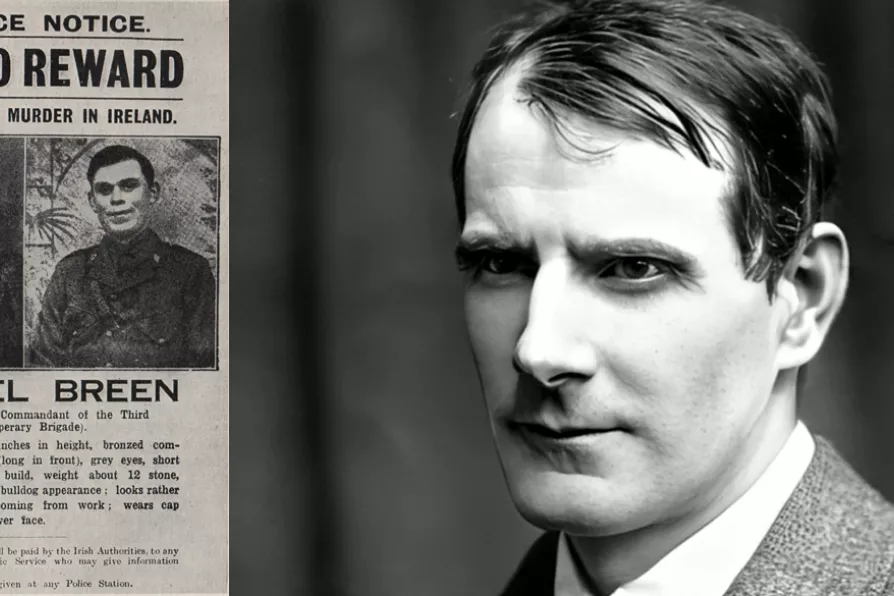MARIA DUARTE picks the best and worst of a crowded year of films

 Daniel Breen, wanted for the Soloheadbeg Ambush, the incident that sparked the Irish War of Independence; Sean O’Casey, who dramatised the impact on working class people in The Shadow of a Gunman
[CeltBrowne/CC]
Daniel Breen, wanted for the Soloheadbeg Ambush, the incident that sparked the Irish War of Independence; Sean O’Casey, who dramatised the impact on working class people in The Shadow of a Gunman
[CeltBrowne/CC]
SEAN O’CASEY’s play The Shadow of a Gunman premiered 100 years ago, on April 12 1923, at Dublin’s national Irish theatre, the Abbey Theatre.
The theatre, which grew out of the Irish Renaissance movement for the renewal of Irish literature in 1904, encouraged new Irish writers and provided a platform for the exploration of progressive ideas on stage.
The Shadow of a Gunman is the first of O’Casey’s three Dublin plays, which examine the maturity and fortunes of the people at three important moments in Irish history — the Easter Rising (1916), the war of independence (1918-21), and the civil war (1922-23) — all of which O’Casey experienced.

The independent TD’s campaign has put important issues like Irish reunification and military neutrality at the heart of the political conversation, argues SEAN MacBRADAIGH

Corbyn and Sultana’s ‘Your Party’ represents the first attempt at mass socialist organisation since the CPGB’s formation in 1921, argues DYLAN MURPHY

On the centenary of the birth of the anti-colonial thinker and activist Frantz Fanon, JENNY FARRELL assesses his enduring influence











